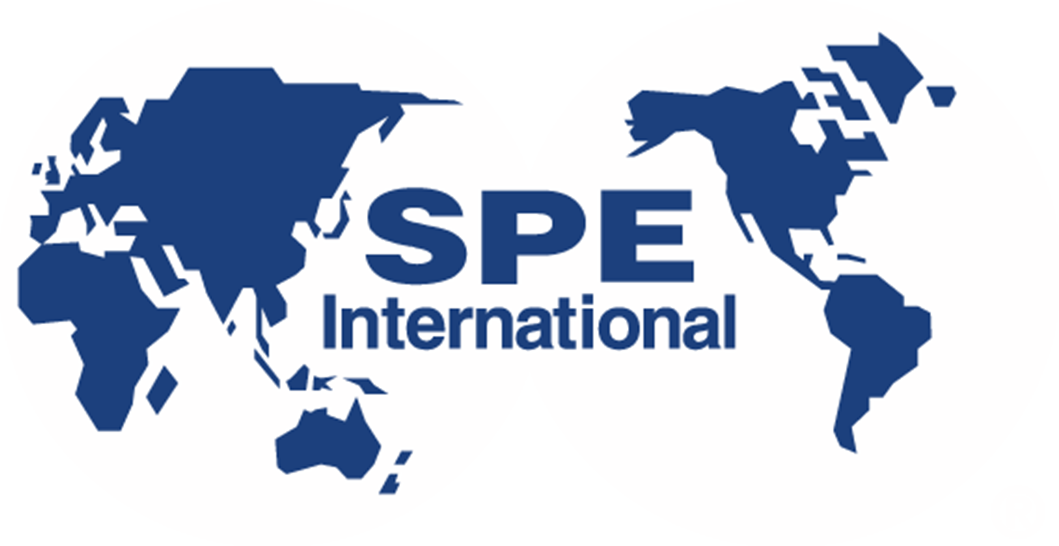Agenda
Monday, October 17
Tuesday, October 18
This session will present a summary of learnings from recent DOE Funded Field Test Sites. The presentations will focus on 1) What questions they set out to answer, 2) Test Site Design and Monitoring Technologies Deployed, 3) Results to date and key takeaways, 4) Future work.
Presenter 1: Jordan Ciezobka, GTI Energy
Presentation: Hydraulic Fracturing Test Site – 1: Key Learnings and Insights
Presenter2: Debotyam Maity, GTI Energy
Presentation: Hydraulic Fracturing Test Site – 2: Key Learnings and Insights
Presenter 3: Timothy Carr, West Virginia University
Presentation: Significance of Near Wellbore Preexisting Fractures for Completion and Production Efficiencies in the Marcellus Shale Energy and Environmental Lab (MSEEL)
This session will cover current perforation design strategies and how to optimize the process to maximize uniform proppant placement and near-wellbore conducitvity. Topics such as extreme limited-entry (ELE) and other innovative designs will be addressed with a focus on improved stimulation performance.
Presenter 1: Phil Snider , GeoDynamics; Steve Baumgartner, GeoDynamics
Presentation: Proppant Transport Studies, Results, and Perspectives
Presenter 2: John Lassek, Ovintiv
Presentation: Influencing the Near Wellbore Region: Control What We Can Control
Presenter 3: Charles Bourgeois; Dark Vision
Presentation: High Resolution Acoustic Imaging of Perforation and Applied 3D Volumetrics
The amount of information and effort we gather and employ to design a completion can be completely uprooted by what is going on behind the pipe. This session will focus on the near well stresses (naturally or induced) and rock properties that exist and discuss ways to better understand them as factors in our designs.
Presenter 1: Jon Roberts, Devon
Presentation: Empirical Meets Analytical-Novel Case Study Quantifies Fracture Stress Shadowing and Net Pressure Using Bottom Hole Pressure and Optical Fiber
Presenter 2: Yvonne Scherz, Southwestern Energy Company
Presentation: Real-time FDI Measurement and Analysis, a Critical First Step in Effective Mitigation
Presenter 3: Jason Gumble, Henry
Presentation: Mitigating H2S and Water Production from Horizontal Wells in the Delaware Basin Wolfcamp Formation
Inter-well fracture communication continues to be a signifcant challenge in optimizing well placement and stimulation size. This session will focus on what can be done in the near-wellbore environment to mitiigate fracture-driven interactions and maximize overall reservoir recoveries.
Presenter 1: Wei Yu, SimTech
Presentation: Efficient Modeling of Parent-Child Wells
with Fracture Hits and DFN
Presenter 2: Geoffrey Gullickson, Halliburton
Presentation: Pressure Sink Mitigation, Reservoir Conditioning, and Managed Pressure Stimulation: Three Features of Energy Influence
Presenter 3: Steven Bourgoyne, Seismos
Presentation: Improving Near-Wellbore Stage Performance by Combining Controlled Acoustics, Geology and a Calibrated Pump Design
Wednesday, October 19
The key to optimization is integrating multiple measurements and multiple scales, connecting the near-wellbore and the far-field fracture performance. This session will focus on integrating subsurface fracture diagnostics, including near-wellbore measurements such a proppant tracers, perforation imaging, stepdown testing, and "frac well" fiber optics, and far-field measurments such as microseismic, SWPM, and observation well fiber optics.
Presenter 1: Garrett Fowler, ResFrac
Presentation: Near Wellbore Implications on Model Predictions
Presenter 2: Mike Mayerhofer, Liberty Oilfield Services
Presentation: Near-Wellbore Region: The Missing Link
Presenter 3: Yueming Liang, ExxonMobil
Presentation: Bakken Integrated Project: Mapping Drainage
Restimualtion of existing wells is often times a cost-effective approach to optimize well performance. One of the biggest challenges in refracturing is isolation from the original perforations. This session will cover methods and techniques currently being utilizied to ensure the restimulation initiates at different locations within the wellbore; thus avoiding potentially depleted intervals and allowing the refracs to contact new rock.
Presenter 1: Chris Ketter, Devon
Presentation: Near Wellbore Learnings in Eagle Ford Refracs
Presenter 2: Bob Barba, Integrated Energy Services
Presentation: The High Cost of Poor Child Protection: Economic Evaluation at the Pad Level with Primary Well Refracs
Presenter 3: Jacob Rice, Halliburton
Presentation: The Evolution of Haynesville Refracturing Activity
This session will highlight case studies that focus on near-wellbore issues such as fracture-to-wellbore connection, cluster level fluid and proppant distribution, and the relationship between near-wellbore fracture behavior and far-field fracture geometry.
Presenter 1: Mike McKimmy, Hess
Presentation: Perforation, Fluid & Proppant Design Impacts to Fluid Distribution, Perforation Friction and Near Wellbore Tortuosity
Presenter 2: Kirby Nicholson, Pressure Diagnostics Ltd.
Presentation: Plug & Perforation Completion Optimization Using Frac Stage Pressure Fall-off Data
Presenter 3: Craig Wittenhagen, Ascent Resources
Presentation: Friction, Fractures or Formation, Why it Matters - Part 2
This session will be host to a live recorded podcast discussing the issue we currently face as an industry. The discussion will involve key take aways from the workshop, interactions with the audience and a general discussion about the state our industry.
Host: Jeremy Funk, Funk Futures
Guest 1: Phil Snider, GeoDynamics;
Guest 2: Trey Lowe, Devon
